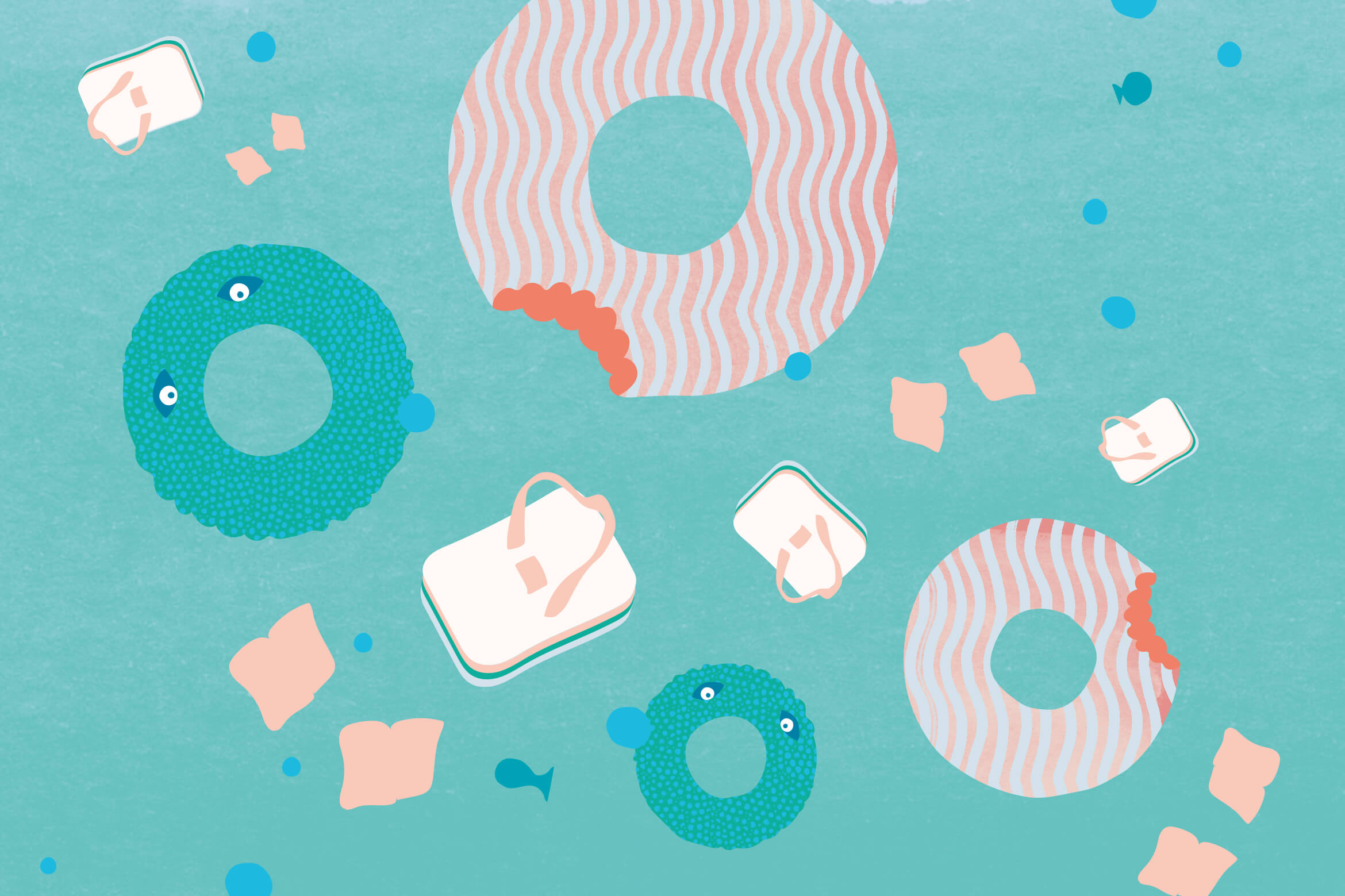Take a deep breath. Close your eyes. Can you picture what it is that you love about swimming? For me, it's in the magic of being weightless, in a world where I'm suspended, no feet on the ground, completely immersed and surrounded. It's like a big hug!
However, without the skill of knowing how to float, the water can easily be a dangerous place. When I was little, I absolutely LOVED the water. My aunt and uncle had a pool, and this was my favourite place in the world. I had the energy to outlast everyone.
BUT...
One day, I did outlast everyone and as they sat sunbathing by the pool, I was still playing in the water.
I couldn't swim and was in a blow up ring. To this day, I remember slipping through the ring and sinking under the water.
That beautiful world I loved so dear was slowly swallowing me. It felt like a long time, but thankfully someone did notice and jumped in to rescue me. Drowning is very quiet. Even surrounded by adults I came very close.
We all want our kids to be safe in the water.
Naturally we want to ensure our kids experience the water safely — so it only makes sense that we're surrounded with all sorts of floatation devices to choose from. Arm bands, back bubbles, vests, float rings, and blow up mattresses all designed with marketing messages proposing a quick-fix to kids water safety.
There’s nothing safe about floaties.
Kids need supervision – that's the only safety there is. Using floatation devices creates a false sense of security, not only for you who's in charge but also for your kids wearing them. Unfortunately by trying to keep children safer in the water we have done more harm than good. Floaties will give your child a completely unrealistic experience in the water. They learn to be confident with no skills. They think they can float without feeling or understanding buoyancy ?
The sad thing is, kids are also missing out on the beauty of simply experiencing what it feels like to truly be in the water. So replace floaties — with your guiding hands and supervision! Enrol in swimming lessons.
I think as adults we forget.
Learning how to swim is a sensory experience. It's not about swimming the length of the pool. We first need to feel the water, get to know it's movements, how it holds us, carries and supports us. We learn how to adjust our bodies in the water and how this effects our position and buoyancy. While nerves always cause us to be tense and speed up, as we learn to relax in the water and slow down, this is when the magic happens and we gain control to float.
Say yes to being hands on.
There's no better place than the water to bond with your children. I still cherish the moments my dad threw me high in the water to catch me. Say no to floaties and instead say yes to bonding together and learning how to swim!
To see the same happy faces of exhilaration every day in our swim classes truly makes me the happiest swim school owner ?
Happy swimming! x Sasha



No comments.